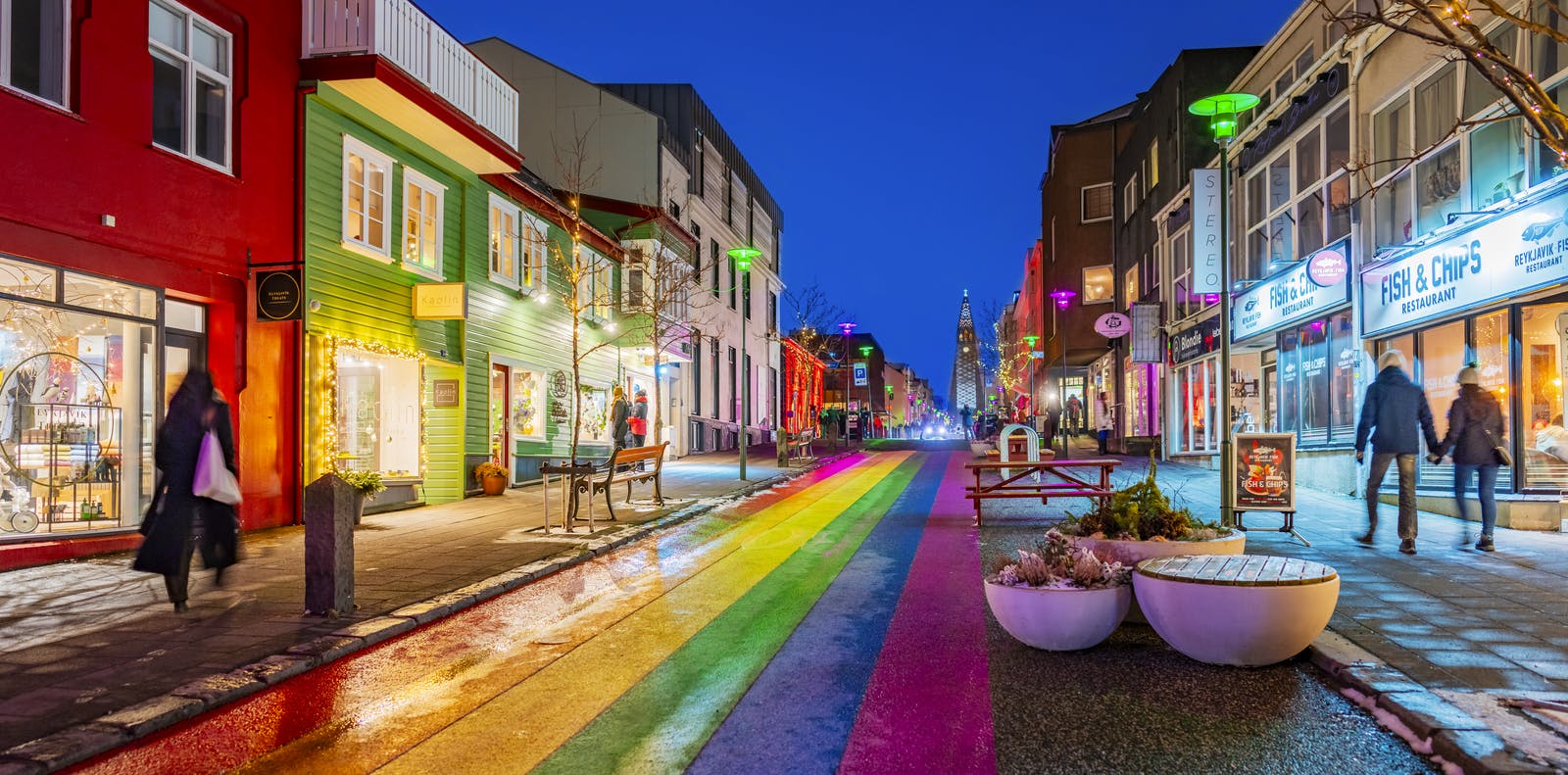
Things To Do In Reykjavík In February
Reykjavík in February is a magical winter escape, with snow-dusted streets, cozy cafés glowing in the dark, and northern lights shimmering over the bay. Crowds are fewer, prices dip, and locals celebrate the slow return of daylight. This guide covers the weather in Reykjavik in February, the best things to do, what to wear, and where to spot the aurora, perfect for planning a memorable winter getaway.
What Is the Weather Like in Reykjavik in February?
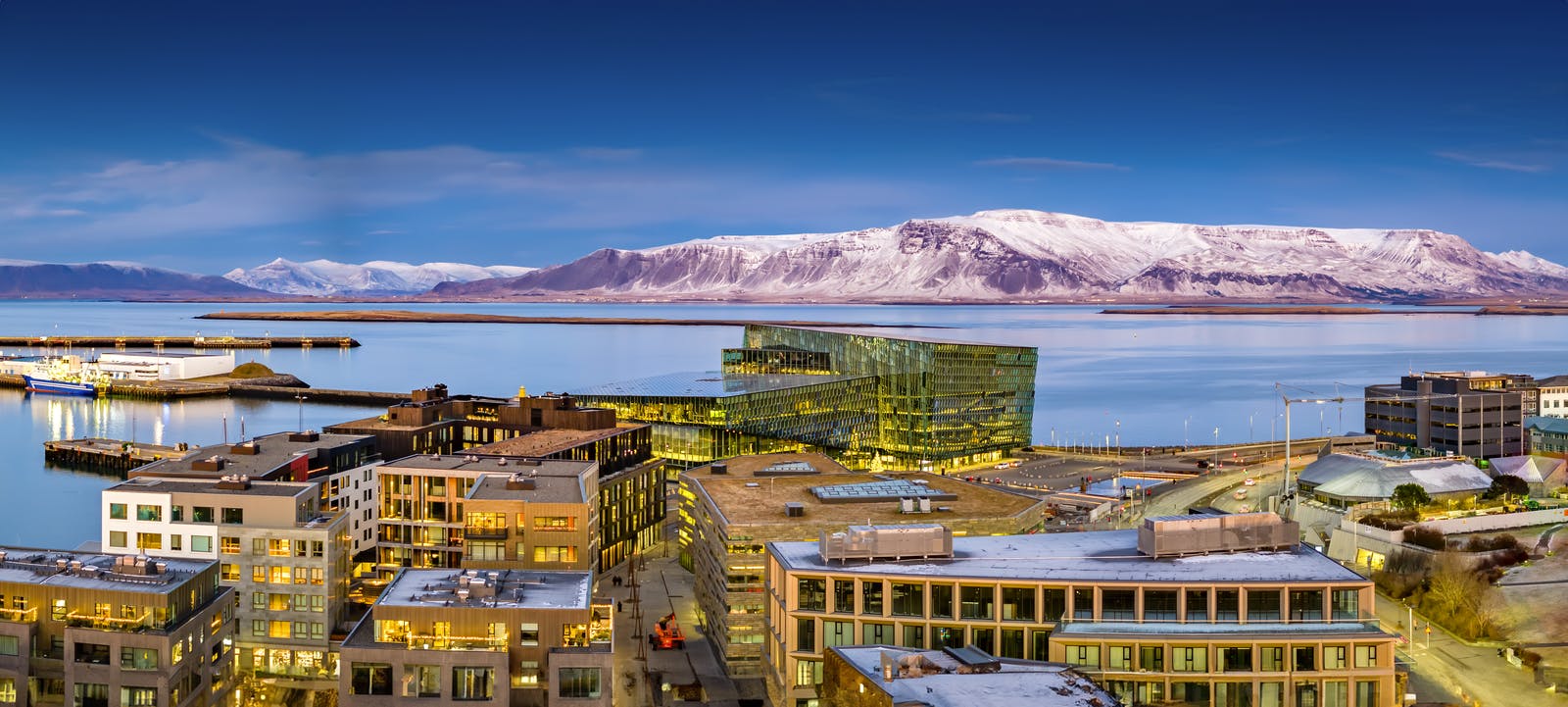
When visiting Reykjavík in February, you should be prepared for all kinds of weather in a single day, sunshine, snow, sleet, and icy winds are all common. The average temperature in Reykjavík in February hovers between -1°C and 3°C (30–37°F), which is cold but surprisingly mild for such a northerly latitude thanks to the warming Gulf Stream.
Here are the key weather facts to know:
- Temperature typically ranges from -1°C to 3°C (30–37°F)
- It often snows in Reykjavík in February, though the snow can melt between falls
- There are around 7 hours of daylight on February 1 and about 10 hours by February 28
- Sunset is around 17:15 early in the month and 18:43 by the end
- Weather can shift quickly between sunshine, snow, sleet, and wind
Because of icy sidewalks and slush, it’s important to take extra care when walking around Reykjavík in February. Wear sturdy waterproof boots with good grip to keep your feet warm and stable on slippery surfaces. Walk carefully and at a slower pace to avoid slipping, and consider using slip-on micro-spikes, which are sold in local outdoor shops, to add extra traction like the locals do.
Things To Do in Reykjavik in February
Here are some of the best things to do in Reykjavík in February. The city feels calm yet full of energy, with snowy streets, cozy cafés, and a great mix of winter adventures and local culture. It’s a wonderful time to slow down, take in the scenery, and experience the real Icelandic atmosphere at your own pace.
1. Experience the Winter Lights Festival — Reykjavík’s Biggest February Event
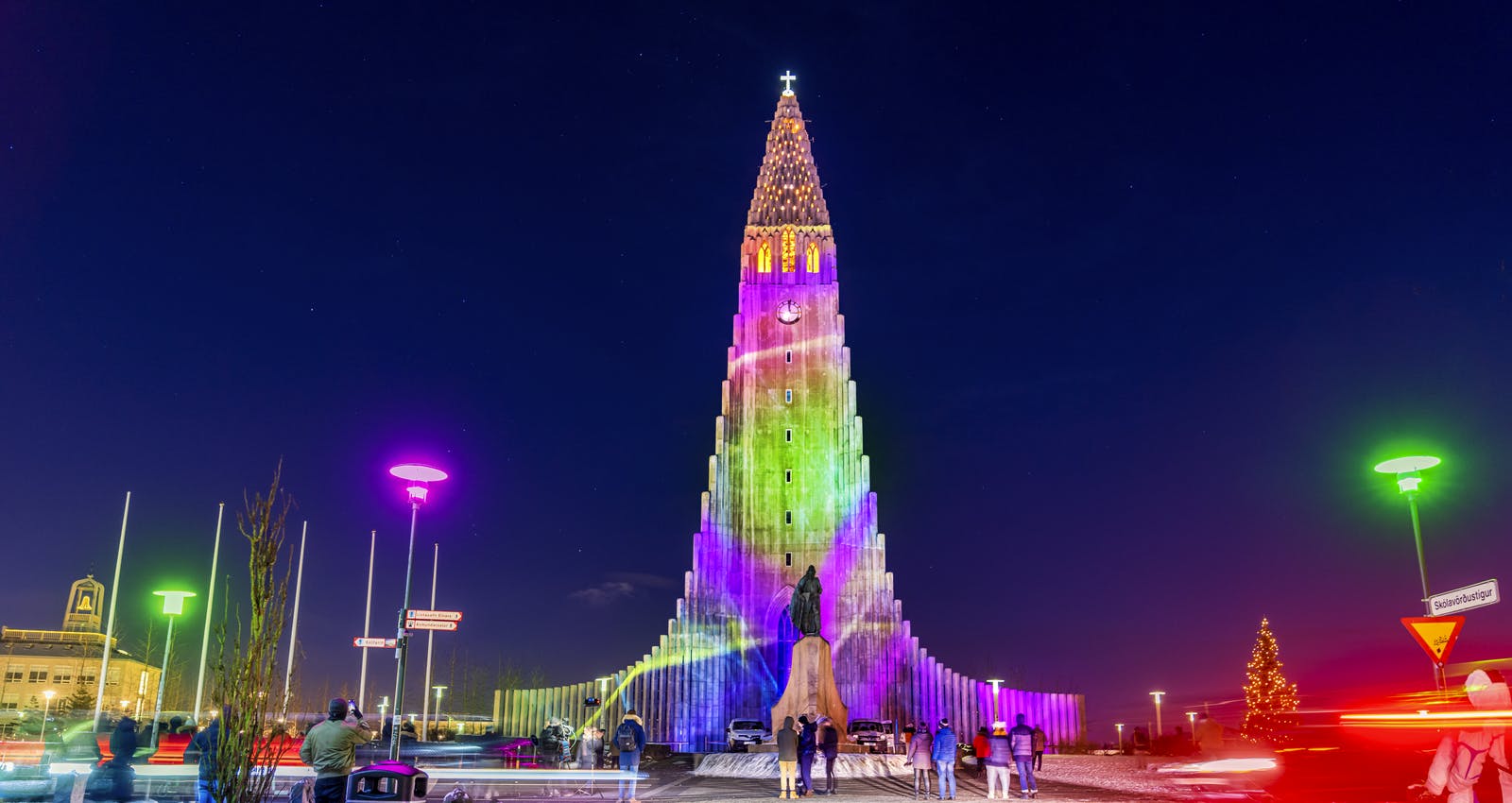
If you only plan one event during your stay, make it the Winter Lights Festival, Reykjavík’s signature celebration of light and culture held every year in early February. The festival usually takes place over four days during the first or second weekend of February, marking the return of longer days after the dark Icelandic winter.
- Light Trail: Follow the illuminated path from Hallgrímskirkja down Skólavörðustígur to Austurvöllur, where more than 18 light installations glow from around 18:30 to 22:30 each evening.
The Winter Lights Festival captures the spirit of Reykjavík in February: festive yet relaxed, with locals and visitors alike out enjoying their city in the glow of returning daylight.
2. Explore Reykjavík’s Museums and Indoor Attractions
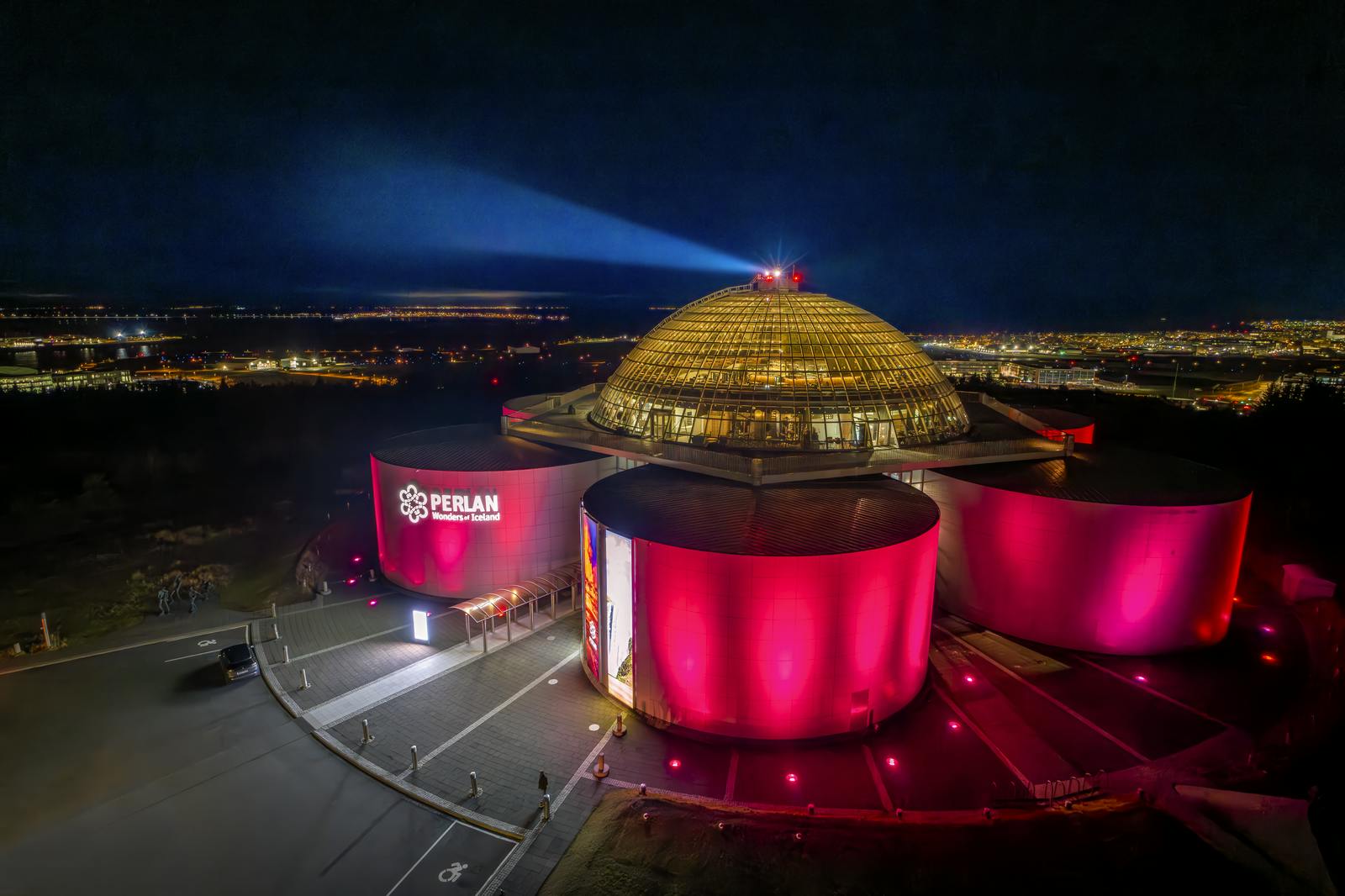
Museum Night on February 5-8, 2026, invites visitors to explore museums across the capital area from 6 pm to 11 pm, offering free admission and unique programs. The evening will focus on unconventional events, providing a fresh perspective on the museums and creating an engaging experience for guests of all ages.
All participation museums in Reykjavík: Ásmundarsalur, Bessastaðir, Gallerí Grótta, Gerðarsafn Kópavogur Art Museum, Grafíksafn Íslands, Hafnarborg, Hafnarfjörður Heritage Museum, Whales of Iceland, Museum of Design and Applied Art, Kópavogur Church, The Settlement Exhibition, Einar Jónsson Museum, National Gallery of Iceland, Reykjavík Art Museum - Hafnarhús, Kjarvalsstaðir, Ásmundarsafn, Sigurjón Ólafsson Museum, Reykjavík Museum of Photography - Grófarhús, The Living Art Museum, Molinn - Kópavogur Youth Cultural Center, The Sculptors' Society of Reykjavík, Kópavogur Natural History Museum, Elliðaárstöð, The Icelandic Punk Museum, The House of Collections, Maritime Museum, Saga Museum, Y Gallery, National Museum of Iceland, National Archives of Iceland.
3. Warm Up in Reykjavík’s Geothermal Pools
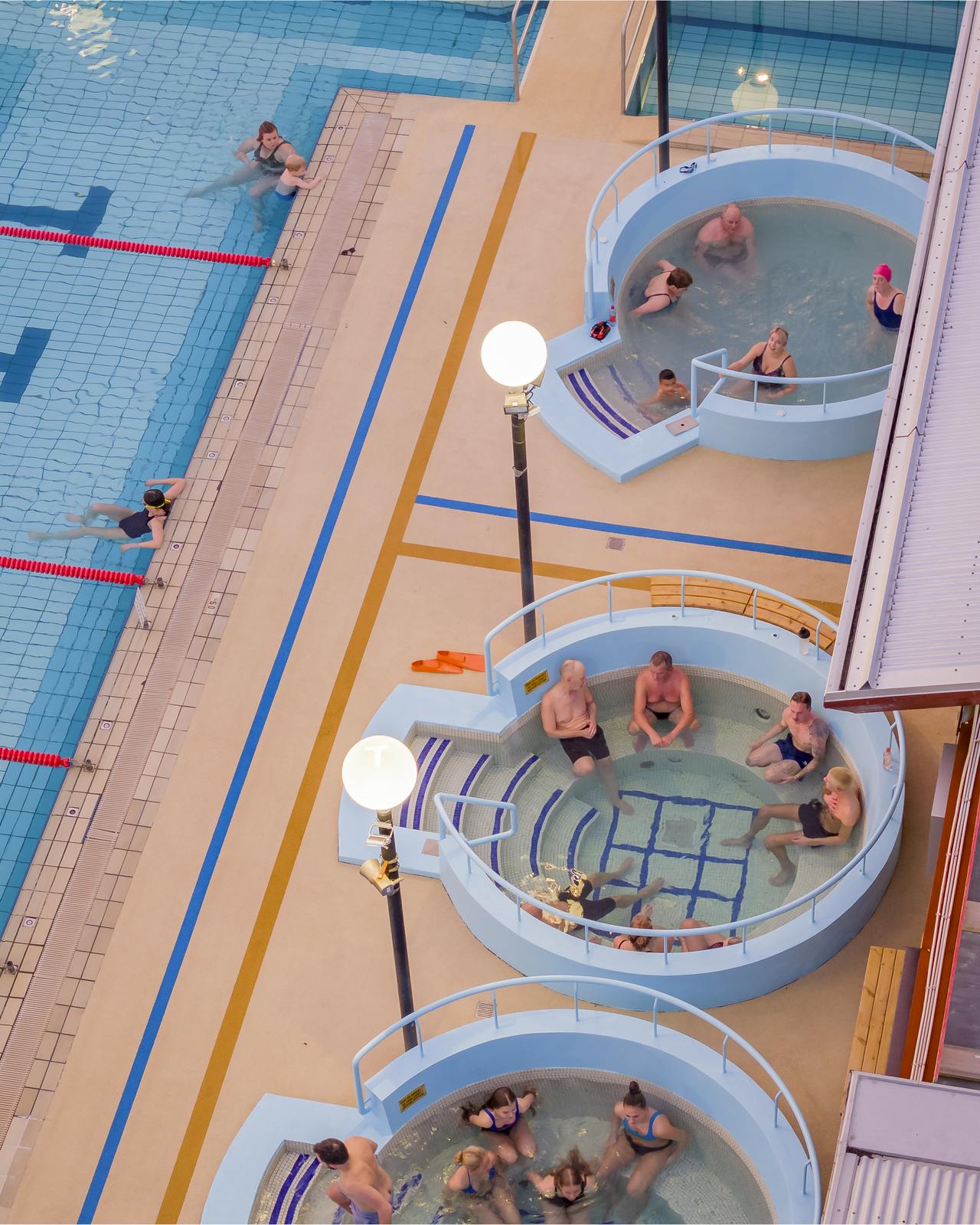
Pool Night will take place on Saturday, February 8, 2025, offering free admission to Laugardalslaug Pool from 5 pm to 11 pm. Visitors can enjoy a unique evening in the dark, featuring circus performances, troubadour Tómas Helgi’s Bakkasöngur, and music by DJ Fusion Groove.
For the first time, the geothermal beach will also host activities, including Hvalatjill (Whale Chill) and live music. With a blend of light, darkness, and entertainment, guests are invited to relax and embrace the atmosphere.
Participating pools in Reykjavík include: Álftaneslaug, Árbæjarlaug, Ásvallalaug, Breiðholtslaug, Dalslaug, Grafarvogslaug, Laugardalslaug, Lágafellslaug, Sundhöll, Garðabær, Kópavogur, Seltjarnarnes and Vesturbæjarlaug.
4. Join a Walking Tour Around Reykjavík
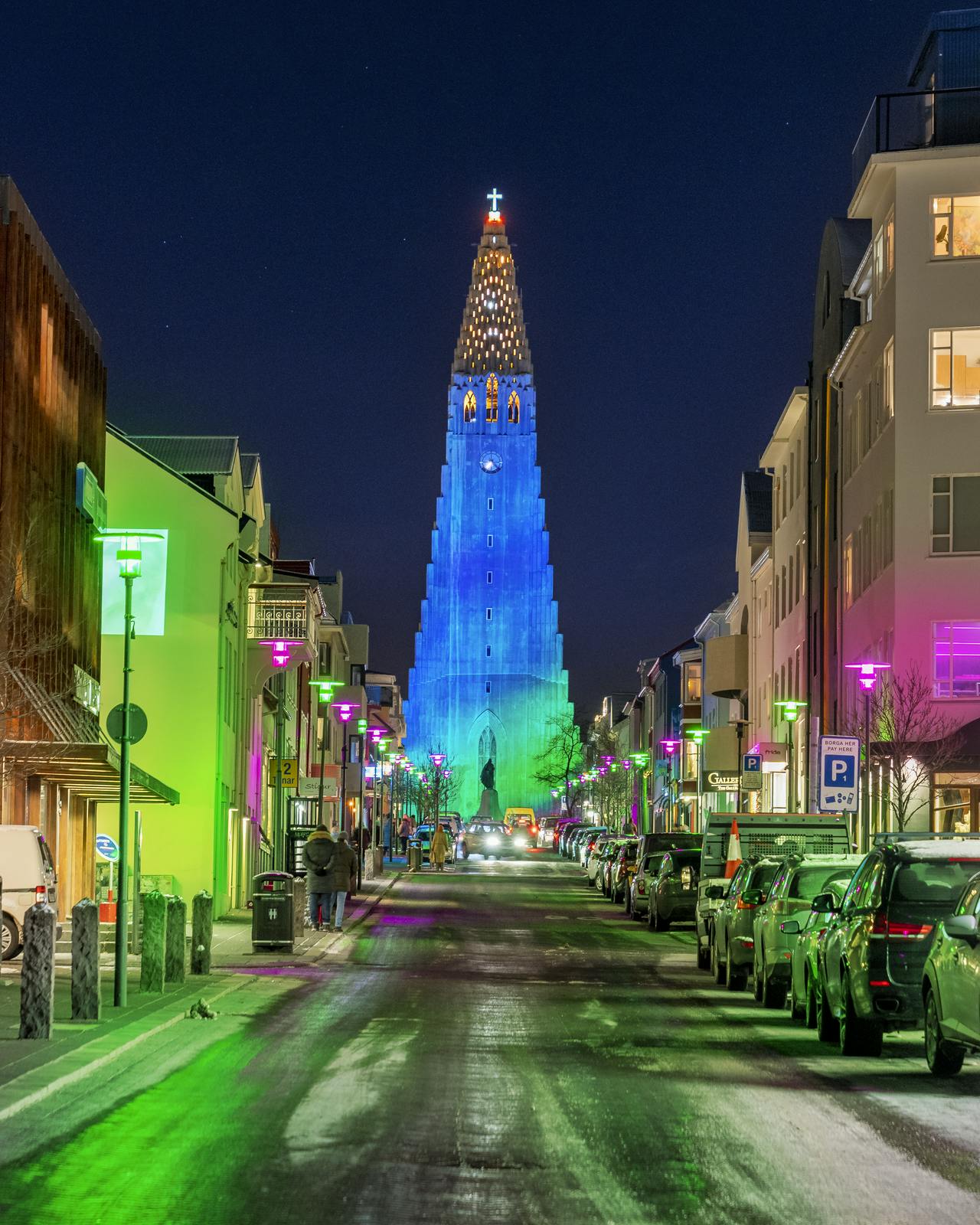
Despite the cold, Reykjavík is compact and walkable, and seeing it on foot lets you absorb its character. A guided walking tour typically covers Hallgrímskirkja church, Harpa Concert Hall, the colorful Skólavörðustígur street, and the Old Harbour area.
Tours are paced gently, with warm-up stops in cafés for coffee or hot chocolate. Dress in layers and waterproof boots, icy sidewalks are common in Reykjavík Iceland in February.
5. Savor Reykjavík’s Food and Coffee Culture
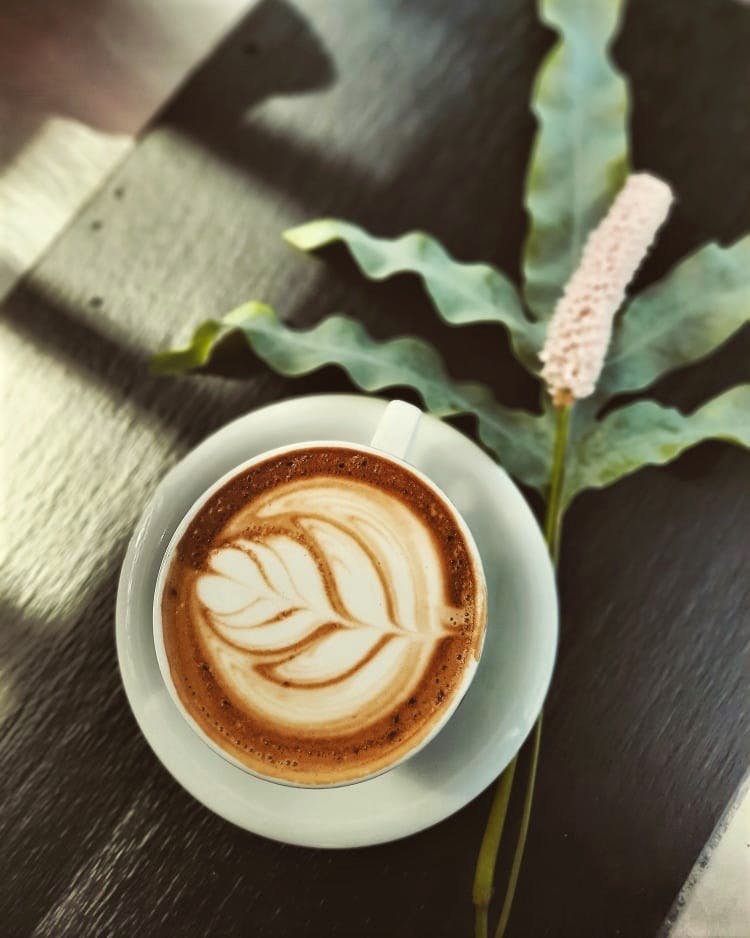
Cold weather makes Reykjavík’s culinary scene especially comforting. Warm up with lamb or fish soup at Icelandic Street Food, try traditional rye bread and smoked lamb, or splurge on fresh seafood at Sjávargrillið or Fiskmarkaðurinn.
Reykjavík also boasts a thriving café culture, Reykjavík Roasters, Mokka Kaffi, and Café Babalú are perfect for a cozy pause on snowy afternoons. A Reykjavík food tour is a fun way to sample many local specialties in one go. Check out these top Reykjavik restaurants before you visit.
6. Go Shopping for Icelandic Souvenirs

When the weather turns stormy, shopping is a relaxing indoor activity. Reykjavík is full of boutiques offering uniquely Icelandic goods:
- Lopapeysa wool sweaters from the Handknitting Association
- Lava stone and silver jewelry
- Skincare products made from volcanic minerals
- Local art and prints
Head to Laugavegur and Skólavörðustígur streets for the best variety. If you plan to do a lot of sightseeing and shopping, consider getting the Reykjavík City Card, which includes free museum entry, bus rides, and discounts.
What to Wear in Reykjavik in February
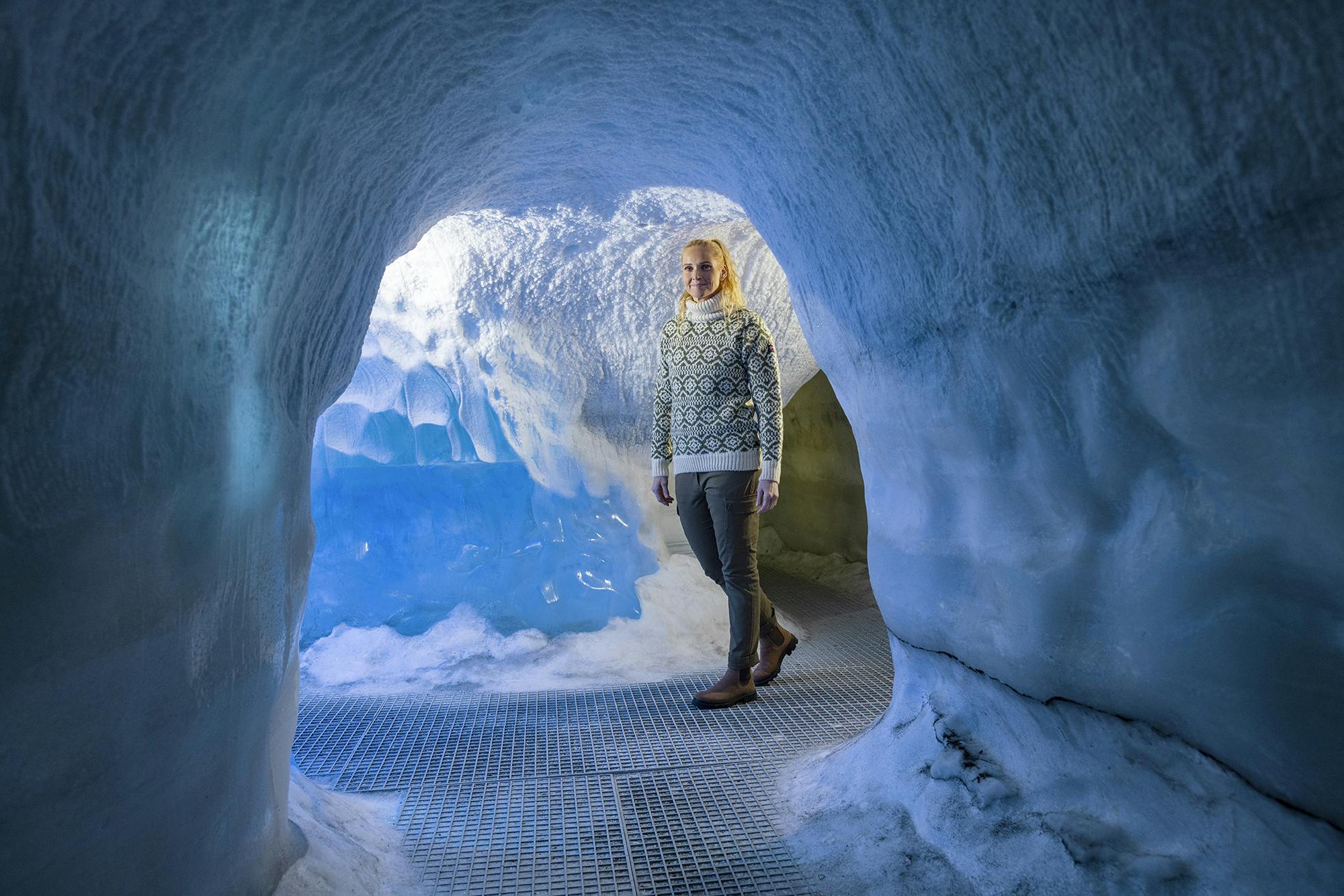
Knowing what to wear in Reykjavík in February can make or break your trip. The trick is layering for warmth and weather changes:
- Thermal base layers (merino or synthetics)
- Mid-layer fleece or wool sweater
- Waterproof/windproof parka and trousers
- Insulated boots with strong grip
- Warm hat, scarf, and gloves
Even in the city, expect ice and slush. Avoid dress shoes or sneakers, they’ll soak through quickly.
Reykjavik in February Is Worth the Visit
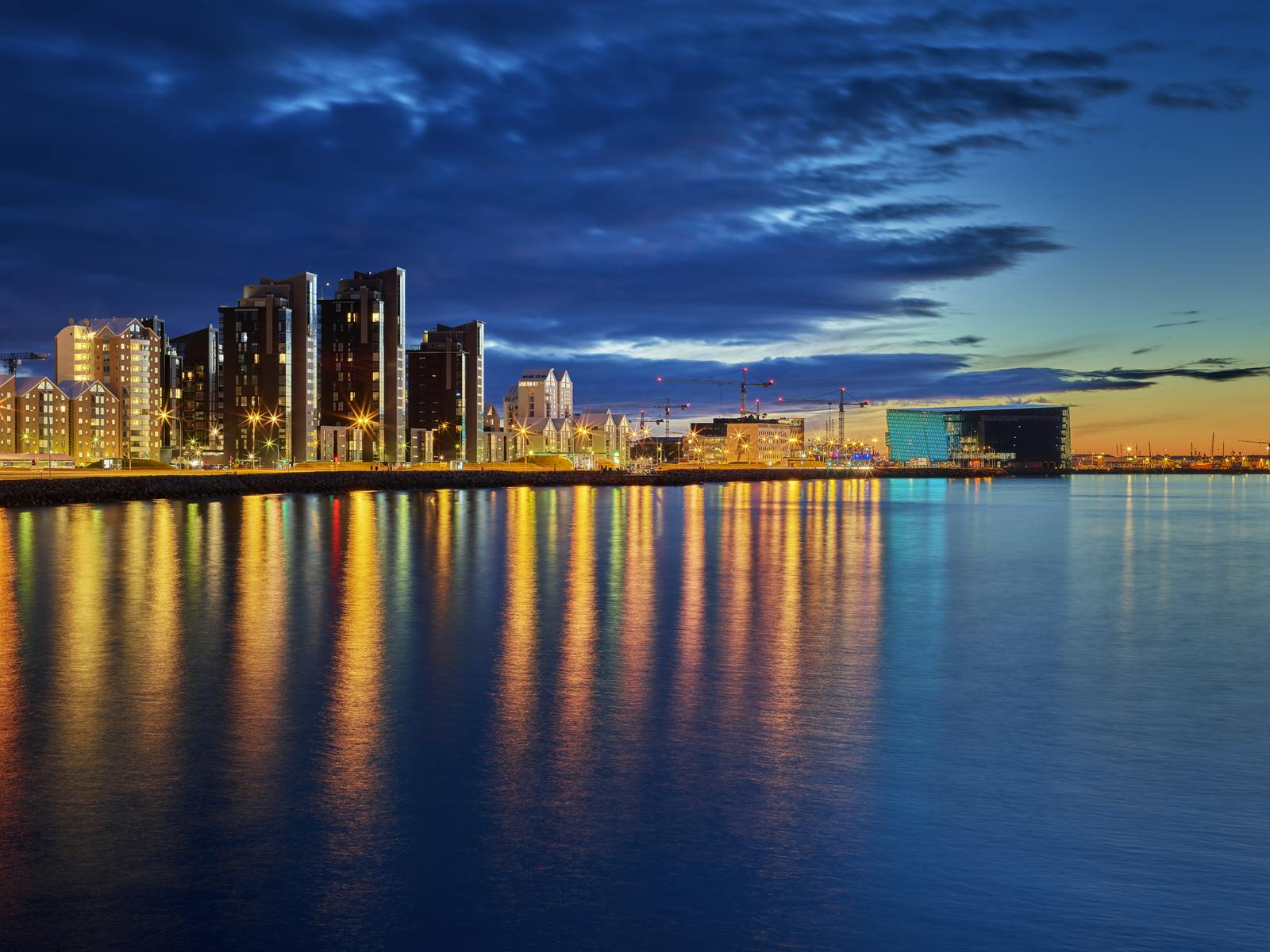
Reykjavík in February offers an unforgettable mix of winter beauty and cozy culture: glowing lights, geothermal pools, world-class museums, delicious food, and the magical aurora above it all.
Plan around the February weather in Reykjavík, embrace the cold with the right gear, and use resources like the Aurora Forecast and the Reykjavík City Card to make exploring easy.
Come for the northern lights, stay for the warmth of Icelandic hospitality.
FAQs about Reykjavik in February
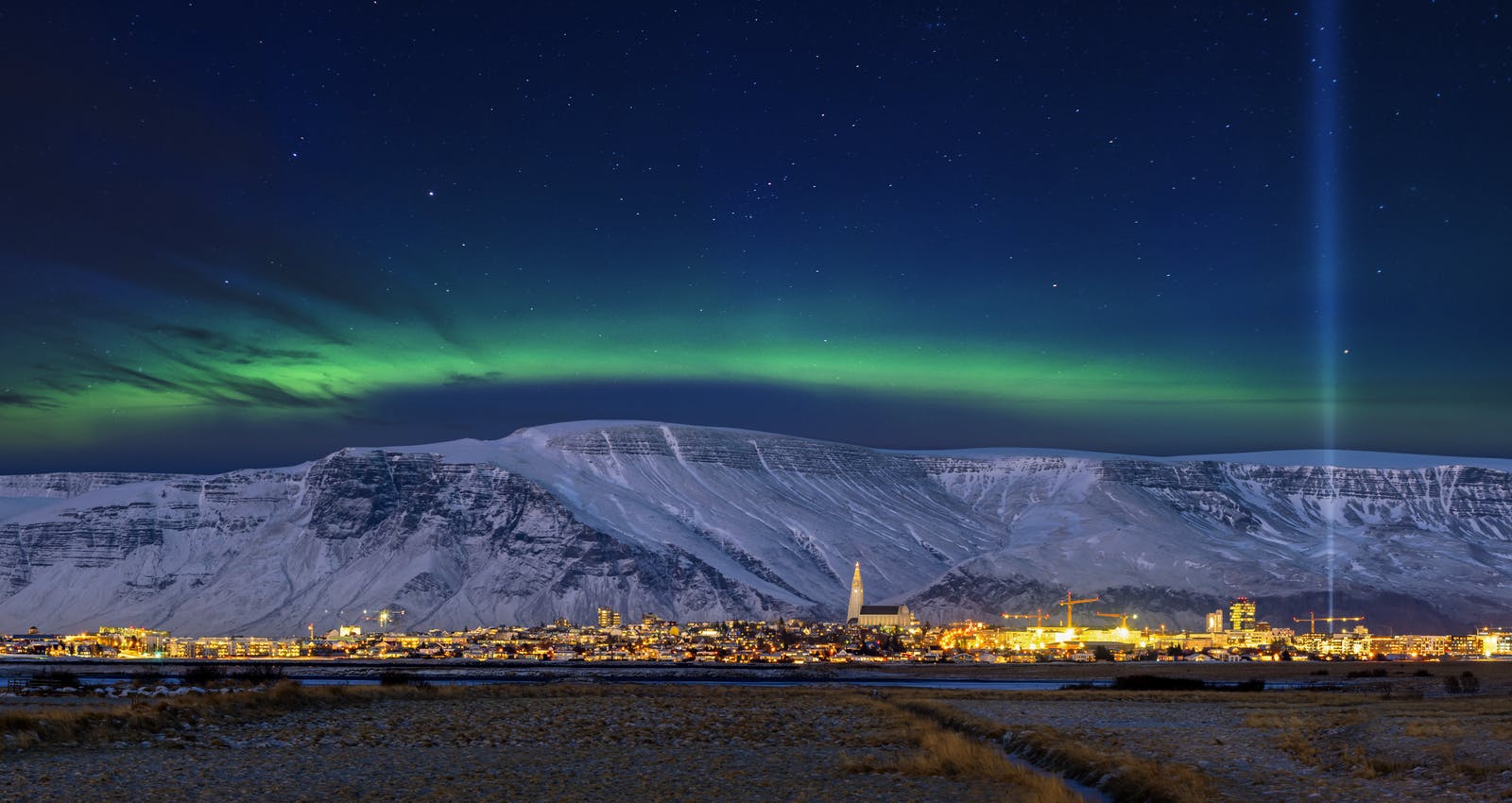
Is February a good time to visit Reykjavik?
Yes. February offers fewer tourists, lower prices, local festivals, and a great chance to see the northern lights while the city is blanketed in snow.
Can you go to the Blue Lagoon in February?
Absolutely, it’s open year-round. The contrast between the hot water and icy air makes it especially magical in winter.
What is the weather like in Reykjavik in February?
Expect temperatures around -1°C to 3°C, frequent snow, icy sidewalks, and occasional winter storms, but also stunning clear days.
How many hours of daylight in Reykjavik in February?
About 7 hours at the start of the month and 10 by the end. Days lengthen by several minutes each day.
Can you see the northern lights in Reykjavik in February?
Yes. February is peak aurora season. Use the Aurora Forecast and book a tour for your first night to allow for re-tries.
Can you see puffins in Reykjavík in February?
No, they migrate offshore in winter. Instead, try the Látrabjarg Cliff VR Puffin Exhibit at Perlan.







